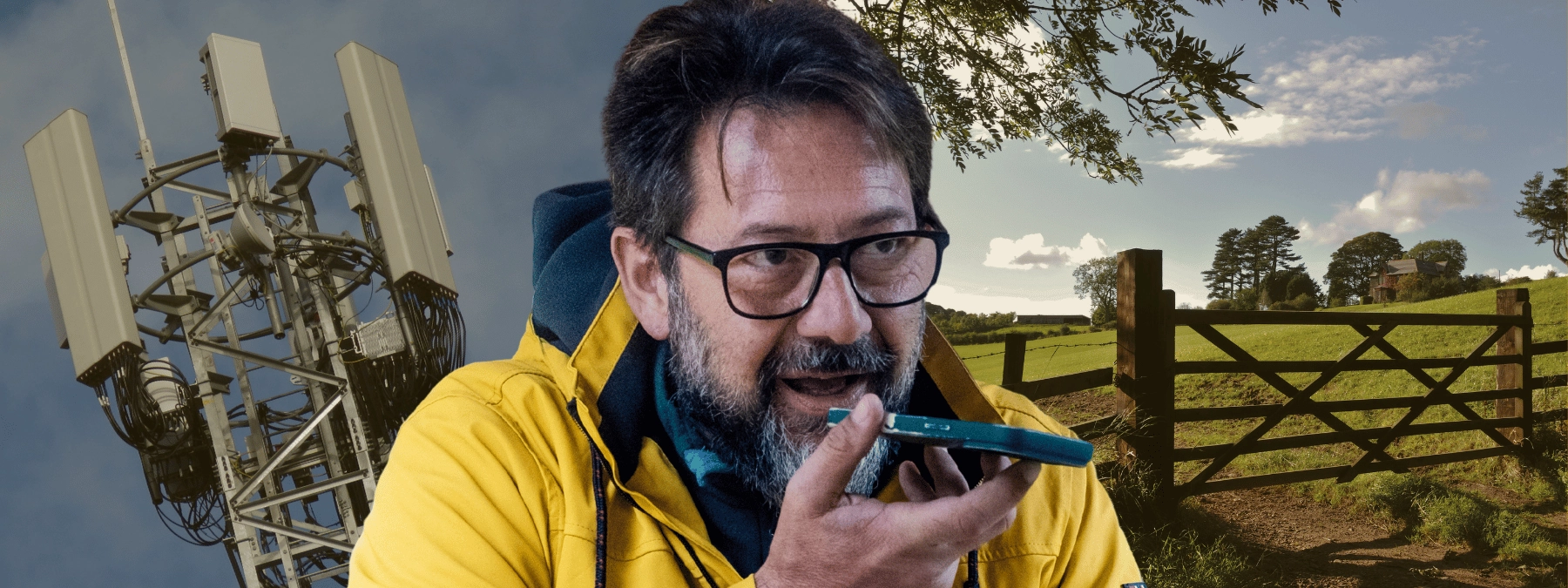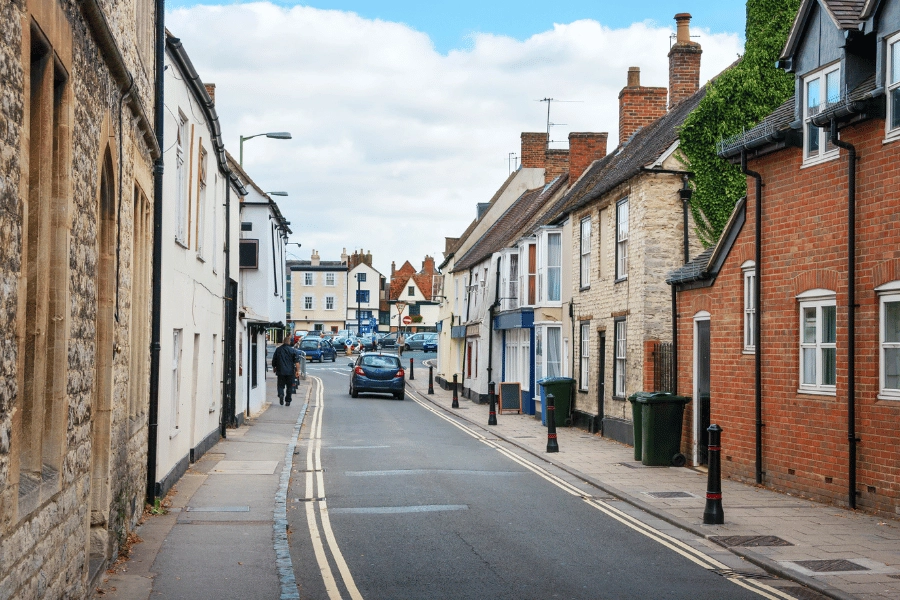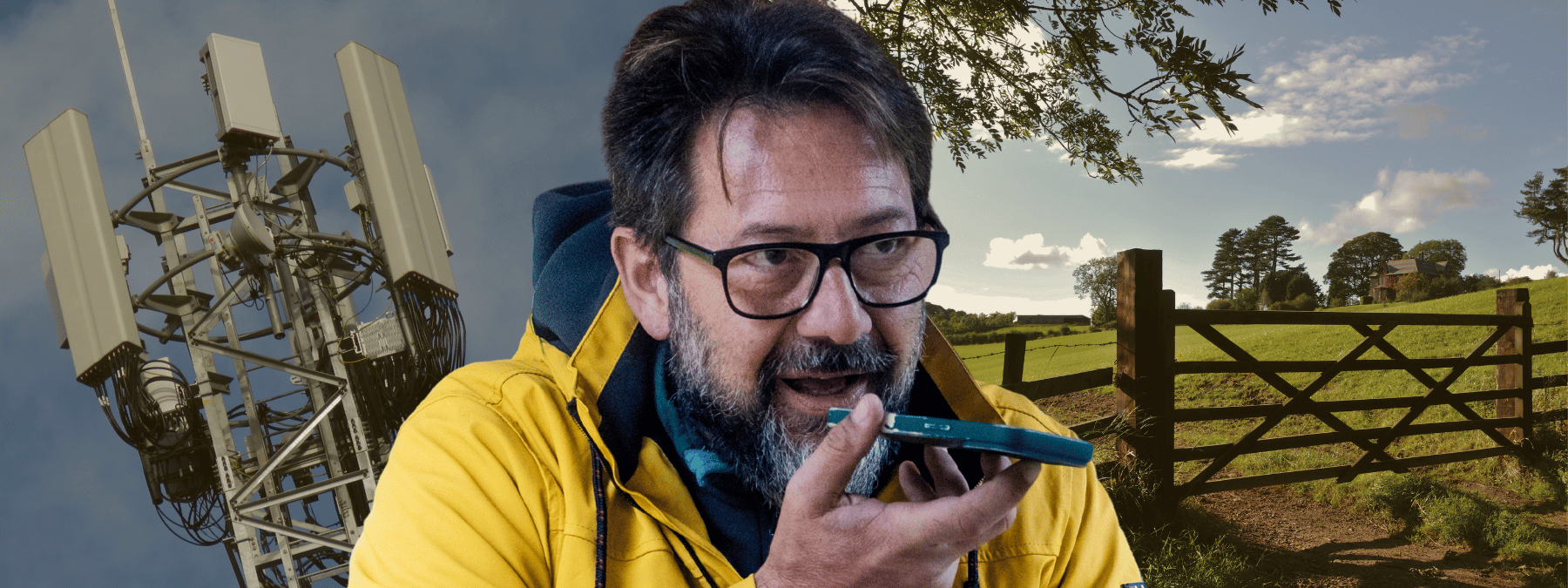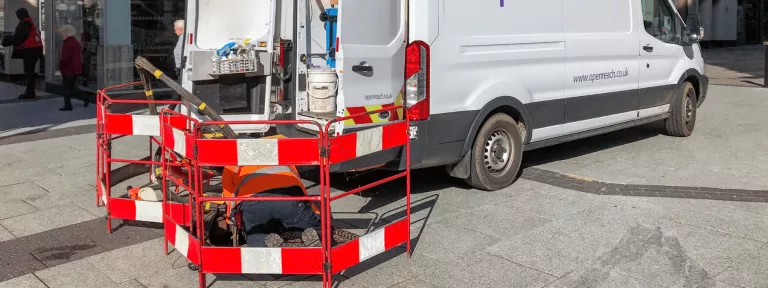
As you well know, as a small business owner in the UK, securing a reliable and cost-effective internet connection is crucial. Generally, two options are available: 5G and fibre optic business broadband.
Let's break down what each telecoms solution offers to help you decide which suits your company best.
Understanding 5G Connectivity
The commonly used term ‘5G’ refers to the fifth generation of mobile network technology. It promises faster speeds, lower latency (less delays) and the ability to connect more devices than its predecessor, 4G.
5G can be particularly beneficial for businesses that rely on mobile phones for real-time data and communication.
Understanding Fibre Optic Broadband
Fibre optic broadband uses cables made of thin strands of glass or plastic to transmit data via pulses of light. This method allows for high-speed data transfer over long distances with minimal loss of signal quality.
There are different types of fibre connection, but a full-fibre connection (also known as Fibre to the Premises or FTTP) means the fibre optic cable runs directly to your business premises, offering more reliable internet access.
Speed
5G offers impressive speeds, potentially surpassing those of some fibre connections. However, 5G signals can be affected by physical features like large buildings, valleys and woodlands, which can impact reliability.
On the other hand, fibre optic broadband provides a consistent and stable connection and is less susceptible to environmental interference.
Availability
Over 50% of the UK population now has access to 5G, primarily in urban areas. Many rural regions are still experiencing limited coverage or 4G only.
Fibre optic broadband availability varies, but the UK’s infrastructure is quickly making strides toward broader full-fibre coverage.

Installation
5G offers quick set-up times, allowing small businesses to get connected within days, making it a flexible option. This is especially true for temporary setups or locations where laying new cables is challenging.
Fibre optic broadband installation is more complex and time-consuming, sometimes taking weeks or months, but it does provide a dedicated and stable connection once installed.
Security
When it comes to cyber security, fibre optic connections are generally more secure and less susceptible to outside interference.
5G networks depend on the security measures the user’s mobile service provider implements. While they tend to have robust protocols in place, they may still be vulnerable to cyber attacks.
Cost
5G can be a cost-effective alternative to traditional broadband. Small businesses that don't require constant connectivity or have lower data demands might find it sufficient for their needs.
Fibre optic broadband might involve higher initial set-up costs, but it offers a dedicated connection with consistent speeds, which can be invaluable for data-intensive processes.
In Summary
|
5G |
Fibre Optic |
|
|
Speed |
✔ Very fast |
✔ Often very fast |
|
Reliability |
✖ Can be affected by obstacles |
✔ Stable and consistent |
|
Coverage |
✖ Limited in rural areas |
✔ Widespread but not quite everywhere |
|
Installation |
✔ Quick and easy set-up |
✖ Can take weeks to install and may not be possible |
|
Flexibility |
✔ Ideal for mobile or temporary set-ups |
✖ Fixed location required |
|
Security |
✖ Vulnerable to cyber threats |
✔ More secure |
|
Cost |
✔ Lower initial costs |
✖ Higher initial costs |
Both 5G and fibre optic broadband have their advantages. If your company needs mobility, a quick set-up and operates in an area with strong coverage, 5G is a suitable choice. However, fibre optic broadband is the better option if you need a reliable, high-speed and secure connection.
Take the time to consider your specific business needs, location and budget, weighing up the relevant pros and cons when making your decision.
Let Us Help Your Business
BusinessComparison can help you compare vital business products and services, securing the best deals and saving precious time. Compare with us today to save time and money.











.jpg)





